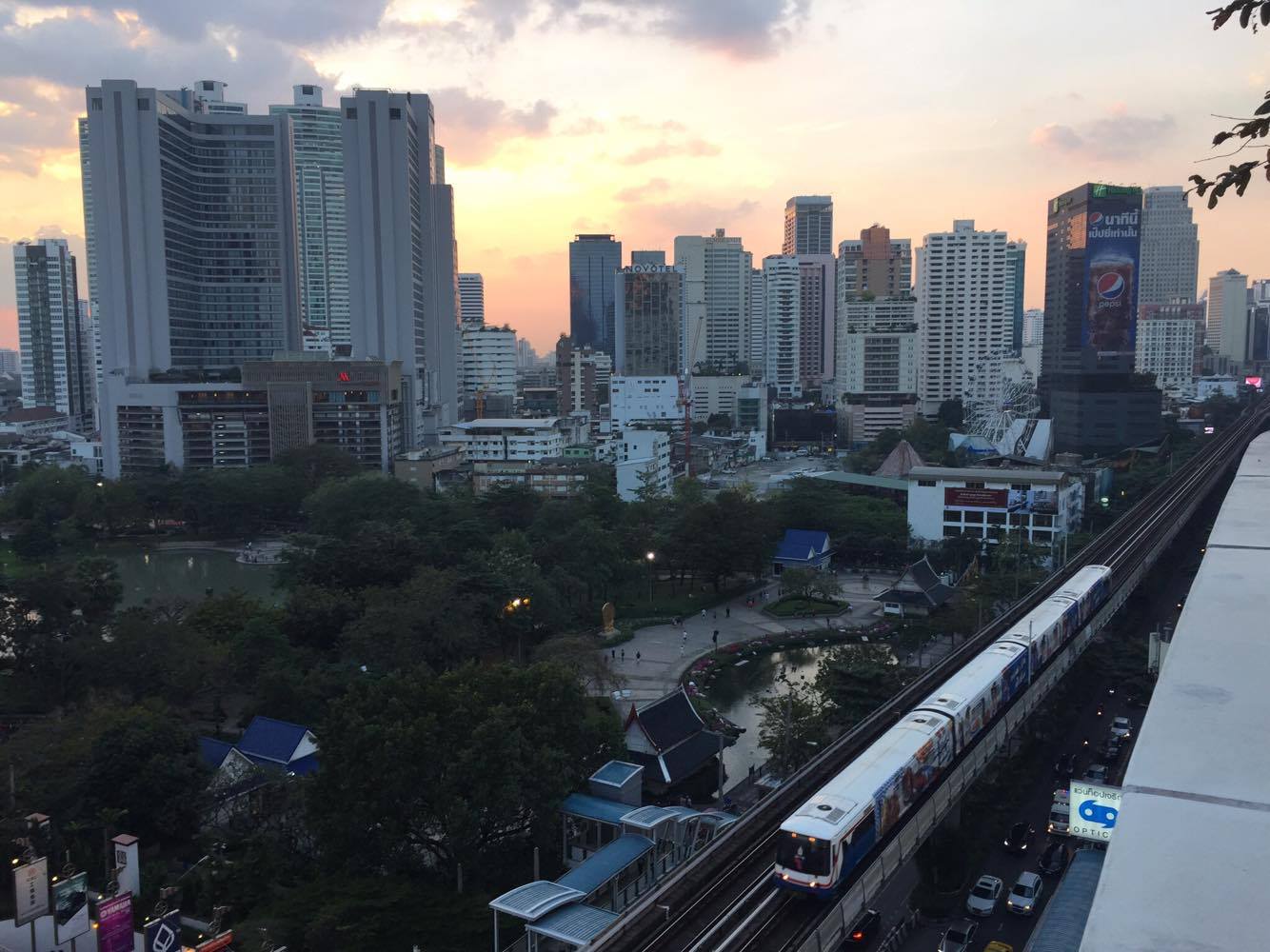
Uploaded on 2017-01-24 by Akarachai Padlom
The impact of infrastructure In 1999, the first Bangkok Mass Transit System, as known as BTS or the Skytrain, started to operate with 2 over-ground train lines in one of the World worst traffic city. Followed by a semi-circle underground line in a few years after, the passengers recently rise to more than 600,000 daily in 2016. The trains are very crowded during the rush hour in the morning and the evening; the operators are planning to have more trains. The Bangkok’s metro system is also expanding and it is expected to reach 10 lines in 10 years. After a decade of the BTS skytrain, Bangkokians tend to live closer to the station. The land adjacent to the station has become the new skyscrapers, shopping malls and condominiums. The real estate developers name this change as “the BTS phenomenon”. However, the new Purple line that just open in late 2016 are now facing the problem of low passengers because of the missing link and bad infrastructure planning. This line is situated outside of inner Bangkok and it supposed to be the extension of the inner one, but a lot of difficulties made the inner Purple line and the Circle line delay. Metro system is a crucial infrastructure for the big city. It needs a good planning because it needs a huge investment and it affects everyone in the city. The better flow of traffic and urban mobility will make the city much more livable. Government and urban planners should use urban simulation to support all the decisions and predict the outcomes that impact the citizen.